Master Primer Surfacer Application: Prepare, Choose, Apply
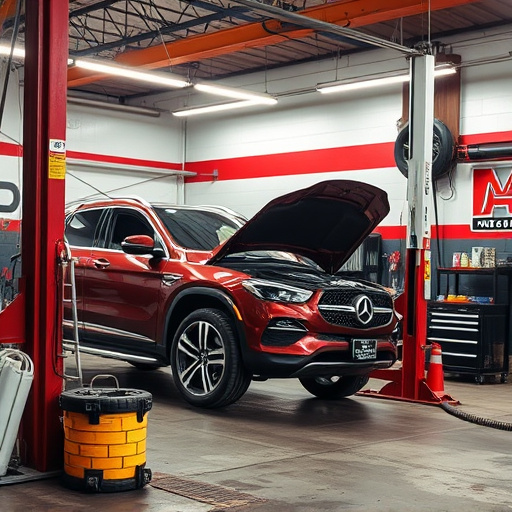
Preparing luxury vehicle bodies involves thorough cleaning, repair of defects, filling, sanding, and…….
Welcome to an in-depth exploration of a crucial aspect of surface preparation—the art and science of primer surfacer application. This comprehensive guide aims to equip readers with a thorough understanding of this process, its global impact, and the strategic considerations shaping its future. From construction sites to industrial facilities, proper surface preparation is the foundation upon which durability, aesthetics, and safety are built. In this article, we will delve into the intricacies of primer surfacer application, revealing its significance, methodologies, and the vast opportunities it presents.
Primer surfacer application is a meticulous process involving the preparation and coating of various surfaces, primarily in industrial, construction, and manufacturing sectors. It entails the use of specialized chemicals known as primers to create a smooth, uniform base layer on a surface. This initial step is critical as it enhances adhesion, improves paint or coating performance, and ensures long-lasting protection for underlying materials.
The practice of surface preparation dates back centuries, with early methods focusing on basic cleaning and rubbing. However, the modern era of primer surfacer application emerged in the mid-20th century with advancements in chemical technology. The introduction of synthetic resins and improved formulations revolutionized the industry, offering enhanced performance and versatility. Today, this process is a critical step in numerous industries, ensuring the longevity and aesthetics of finished products.
Primer surfacer application has left its mark worldwide, with varying regional approaches and challenges. In developed countries, strict environmental regulations drive the adoption of water-based and low-VOC (Volatile Organic Compound) primers, prioritizing sustainability. Conversely, emerging markets often lean towards cost-effective solutions, sometimes sacrificing long-term benefits for immediate savings.
The global primer surfacer market exhibits steady growth, driven by increasing construction activities, industrial development, and the demand for high-quality surface finishes. According to a recent report by Market Research Future (MRFR), the market is projected to reach USD 10.8 billion by 2027, growing at a CAGR of 5.6% from 2020 to 2027. This growth is attributed to:
| Factors Driving Growth | Impact |
|---|---|
| Rising Construction Spending | The global construction industry’s continuous expansion, particularly in Asia-Pacific and the Middle East, drives the demand for primer surfacer applications. |
| Automotive Industry Demands | The automotive sector’s need for high-quality surface finishes and corrosion protection contributes significantly to market growth. |
| Eco-Friendly Trends | Increasing environmental consciousness leads to the adoption of water-based and low-VOC primers, creating a niche for eco-friendly solutions. |
These technological advancements have revolutionized primer surfacer application, enabling:
The primer surfacer application industry operates within a stringent regulatory environment aimed at ensuring safety, environmental protection, and product quality. Some key global and regional policies include:
Compliance with these regulations has prompted manufacturers and applicators to:
Despite its numerous benefits, primer surfacer application is not without challenges:
Addressing these challenges requires collaborative efforts:
Boeing, a global aerospace giant, faced the challenge of preparing complex aircraft surfaces for coating. They implemented a state-of-the-art primer surfacer application system, utilizing advanced robotics and AI. This technology ensured precise, consistent applications, reducing defects and improving flight safety. The project’s success led to increased adoption of automated surface preparation in the aerospace sector, setting a new standard for quality and efficiency.
A major city embarked on an initiative to renew its aging public infrastructure, starting with bridge surfaces. Traditional methods proved inefficient and costly. They adopted a novel approach, using water-based primers and automated brushing systems. This method significantly reduced environmental impact and labor costs. The project received widespread acclaim for its aesthetic transformation and long-term sustainability benefits.
A leading cruise line sought to prevent corrosion on metal surfaces of their ships, ensuring the longevity of these floating palaces. They implemented a multi-stage primer surfacer system, including corrosion-inhibiting primers and topcoats. This comprehensive approach provided exceptional protection against harsh marine environments, extending the lifespan of the vessels and maintaining passenger safety.
Primer surfacer application is a critical process that underpins numerous industries, ensuring the longevity, aesthetics, and safety of finished products. With technological advancements, global trends, and evolving regulations shaping its trajectory, this field continues to evolve. By understanding the core principles, addressing challenges, and embracing innovation, businesses and professionals can harness the full potential of primer surfacer application, driving success in an ever-changing market.
Q: What are the key benefits of using primer surfacer application?
A: Primer surfacer application offers enhanced adhesion, improved paint or coating performance, corrosion protection, and longer surface life. It provides a smooth base that enhances the overall aesthetics and durability of finished products.
Q: How do environmental regulations impact primer choices?
A: Strict environmental standards drive the adoption of water-based and low-VOC (Volatile Organic Compound) primers, which have lower environmental impact and better indoor air quality during application. These regulations vary globally but generally favor sustainable solutions.
Q: Can you explain the role of nanotechnology in primer formulations?
A: Nanotechnology enhances primer properties by incorporating nanoparticles like graphene or carbon nanotubes. This technology enables self-cleaning, anti-microbial, improved scratch resistance, and better adhesion to various surfaces, opening doors for advanced coatings.
Q: What are some common challenges faced during surface preparation?
A: Challenges include ensuring substrate compatibility, managing weather conditions affecting cure times, controlling costs, and addressing skill gaps in labor forces. Surface contamination, inadequate application techniques, and environmental compliance are also critical considerations.
Q: How can the industry ensure consistent quality in primer surfacer applications?
A: Consistency is achieved through standardized guidelines, proper training, and advanced technologies like automated systems with sensors and AI. Quality control measures during application and regular monitoring ensure uniform results across projects.

Preparing luxury vehicle bodies involves thorough cleaning, repair of defects, filling, sanding, and…….

Primer surfacer application is key in auto body repair for creating a smooth, contaminant-free base…….
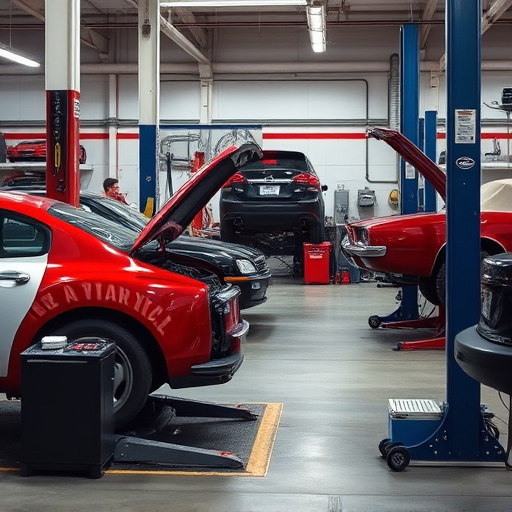
Primer surfacer applications are a vital step in modern auto body repairs, offering both protective…….
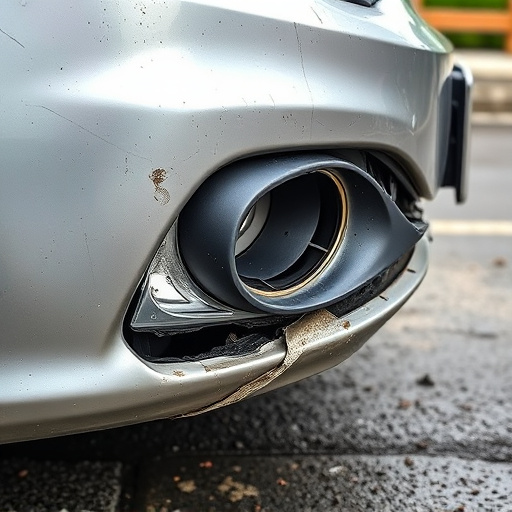
Primer surfacer application is crucial for high-quality auto repairs, particularly in dent repair an…….

Mastering primer surfacer application is key for professional car restoration and scratch repair, en…….
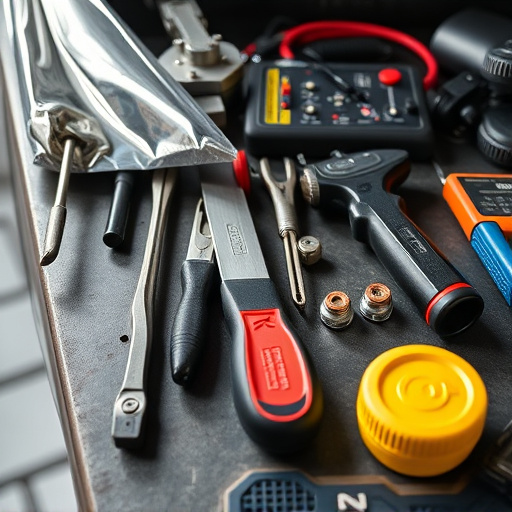
Primer surfacer application is crucial in collision repair for achieving flawless automotive finishe…….

The primer surfacer application is an efficient, cost-effective auto repair method for minor dents a…….

Primer surfacer application is a critical step in car body repair, ensuring precise paint matching b…….
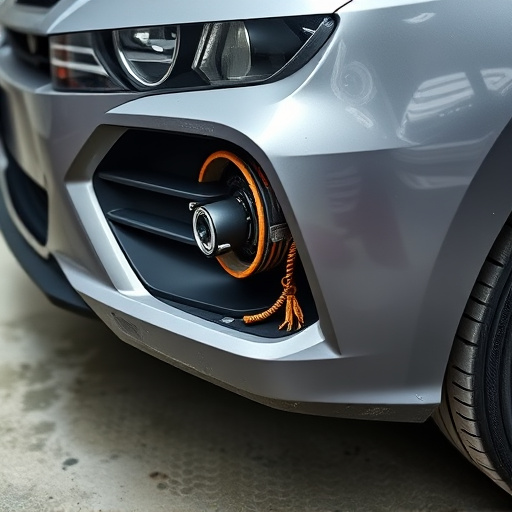
Primer surfacer is a sustainable bonding agent for vehicle bodywork, enhancing repair efficiency and…….

Primer surfacer application is vital in painting and automotive restoration, serving as a barrier an…….